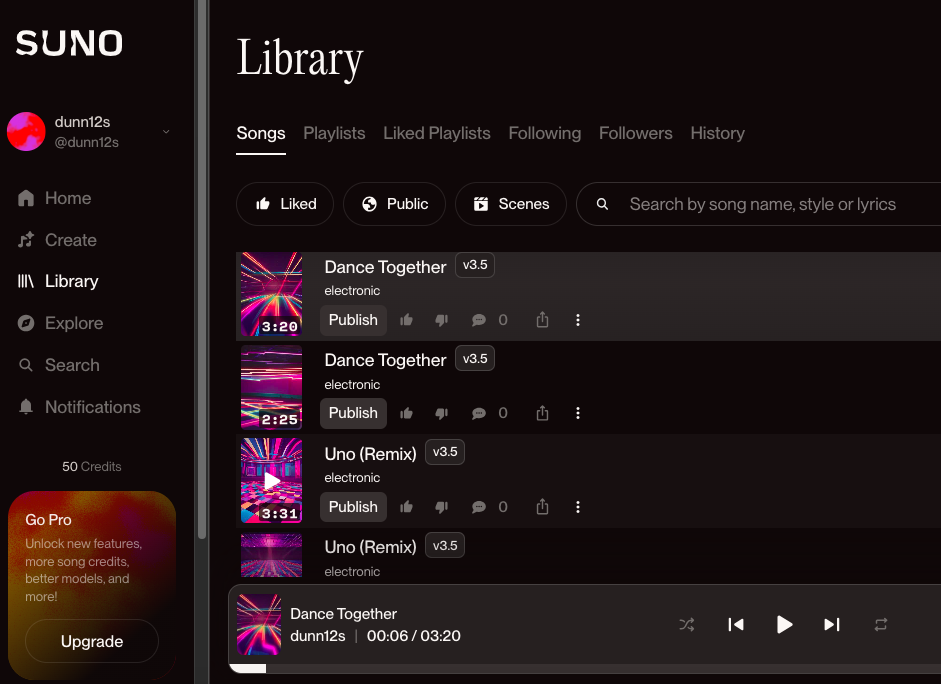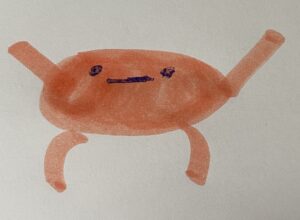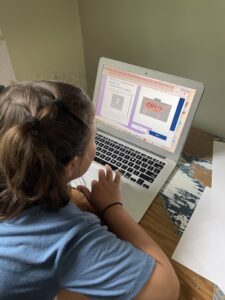Can AI be used in the classroom to motivate, engage, and inspire creativity?
There’s lot of conversation around how AI can help teachers in building lesson plans, generating creative approaches to learning, and assisting with differentiation.
Also lots of conversations about how to navigate a world where students have access to AI as a learning (or not-learning) tool.
I’m keen to dig into these bigger topics and better understand how they’ll impact my own role as a teacher and how I can use AI in support of teaching and learning.
But after our class on AI and the presentation by Alec Couros, I was particularly excited to consider the ways AI can support creative practices and generative learning models.
How can AI support creative potential and divergent thinking in young people?
First, I needed to try my hand at using AI tools…something new to me. I began to playfully experiment with Suno, getting a sense of how to create a song and edit/remix it. (making a little tribute song for my dance teacher)
It was so quick and I had four options to choose from.

S. Dunn, Suno screenshot, 2025
So, how could I use this in the classroom?
Engagement:
Could Suno be used as a creative tool to support memory and learning? Music has numerous benefits for learning. Suno offers students or teachers the ability to integrate curriculum into songs. Songs could offer as a demonstration of learning, for example: writing lyrics about science or health outcomes, or creating first person narratives from the perspective of a novel character. To give this a shot, I dropped Gr 4 Science Outcome/Indicators into ChatGPT and asked it to write me a poem. From there I dropped the poem into Suno. A few tweaks in each application to adjust tone, and within under 10 minutes….I had a song. (Its not a great song granted, but if I’d put a little time into finessing the lyrics or getting AI to tighten it up ….maybe?)

…then pair the song with a video created using Sona?
Encourage Critical Thinking and Creativity:
The ability to quickly remix and edit within AI tools is where I believe the opportunity for creativity lies. Because results are generated so quickly, it offers kids a responsive generative space to push ideas and easily build off of their imaginations.
This responsive zone is similar to where play happens with young children, a place of trial and error and invention.
For fun, my kids and I tried Animated Drawings.


It was fun and they were eager to experiment with it. I can imagine that this tool could be used in art or science to think about anatomy and creatively explore how form translates into movement.
But what I also loved about how my kids engaged with this tools is how quickly they moved from the ‘rules’ of engagement for making the animations work as expected, to messing around with the system to see what kind of results they’d get. I can imagine that the creative potential of this simple tool is one that could provide a playground for divergent thinking.
